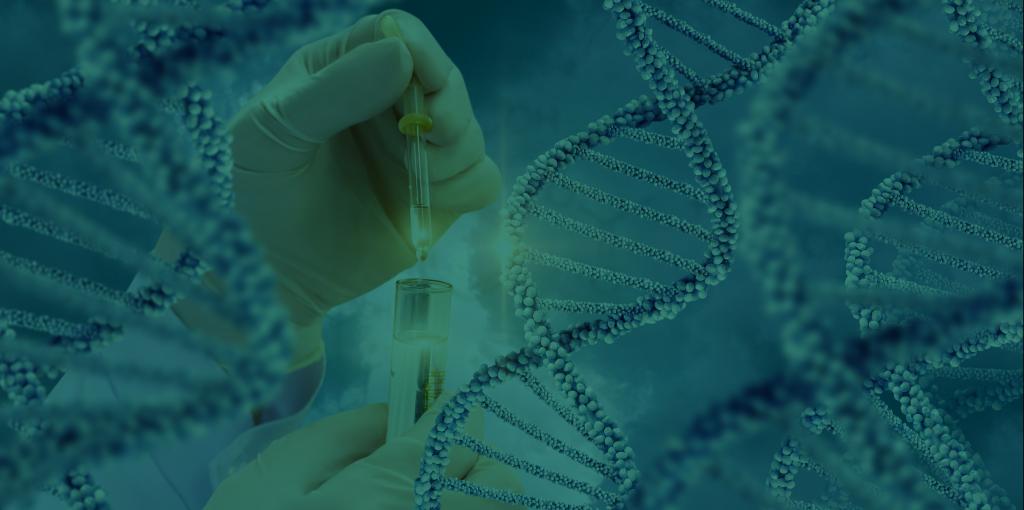Admission CTAs
Mason Chemists Discover New Counterfeit Detection Strategies
In 2018, according to Forbes magazine, counterfeiting was the largest criminal enterprise in the world with sales of counterfeit and pirated goods totaling $1.7 trillion per year. Organizations use a combination of raised printing, watermarks, and color changing ink to aid in the fight against counterfeit activity. But even with the current technology, the sales of counterfeit goods is expected to grow to $2.8 trillion by 2022.
Dr. Hao Jing, Assistant Professor of Chemistry and Biochemistry at George Mason University and his team of researchers from the College of Science recently discovered a way to improve security around commonly counterfeited materials including currency, confidential documents, and pharmaceutical products, through the use of a special type of nanomaterial called upconversion nanoparticles (UCNPs).
Jing’s new strategy of successive epitaxial layer-by-layer formation (SELF) improves the level of luminescence in UCNPs that anti-counterfeiters can use to create markings on materials that only become visible under a combination of laser and UV lighting. The use of two light sources achieves a higher level of security.
Upconversion nanoparticles contain rare-earth elements that can convert invisible near-infrared (NIR) laser to visible luminescence. “However, the brightness of these nanoparticles is typically low as they suffer from insufficient upconversion efficiency” said Jing. “Our strategy improves efficiency and produces a greater level of illumination. Jing added that the increased brightness also aids fingerprint recognition, providing clearer imaging and distinguishable details in ridge patterns.
Illegal counterfeiting activities continue to rise around the world, according to Jing, increasing the demand to develop high-fidelity anti-counterfeiting methods for combating forgeries. This research will greatly impact the realm of personal identification, forensic science, and security.
In addition to Jing, the research team in his lab at Mason includes PhD students—Andrew Evanligesta and Maria Ivanchenko –as well as undergraduate students—Lisa McAnulty and Gillian Megan Payne. Discover more about their findings in the latest issue of the Royal Society of Chemistry Journal.

